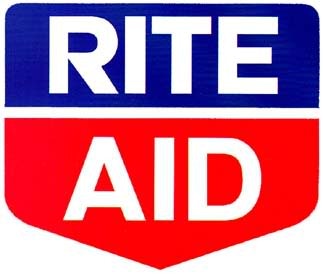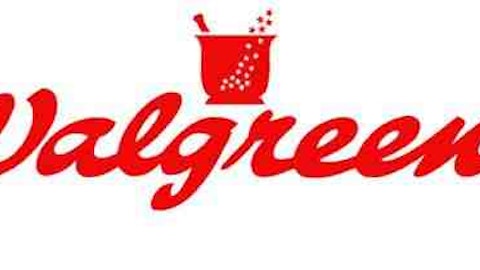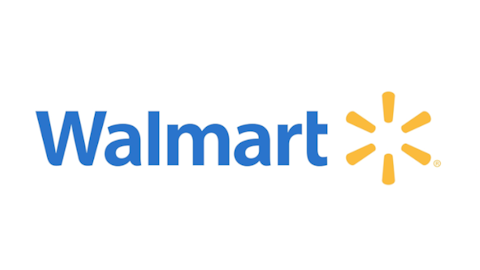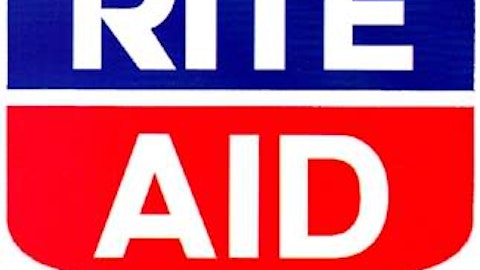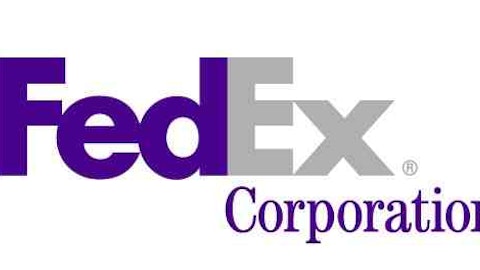Rite Aid Corporation (NYSE:RAD) is up 130% year to date. But how is it possible that a company much weaker than its peers can make such a significant move over such a short time frame?
When companies trading in the low-to-mid single digits make significant improvements to their business models, the upside potential is enormous. Sometimes this comes in the form of renewed growth, but those situations are rare. In most cases, such as Rite Aid’s, the gains owe to cost-cutting. But has Rite Aid done enough to make this upside move sustainable? And is this company the best investing option in its sector?
Rite Aid’s mixed results
In 2012, Rite Aid Corporation (NYSE:RAD)’s revenue declined, but it finally turned a profit. On a shorter-term basis, Rite Aid has now delivered two consecutive profitable quarters. Rite Aid’s best move was to close underperforming stores. This has allowed for more capital to go toward better-performing locations.
However, same-store sales haven’t impressed. Same-store sales declined 2.5% last quarter on a year over year basis. So far this year, the pharmacy performance has been subpar, but the front-end (convenience store items) has shown modest improvements.
The main reason the pharmacy has been performing poorly has been generic drug introduction costs. However, this is a worthwhile sacrifice for Rite Aid Corporation (NYSE:RAD). Generic drugs have higher margins than prescription drugs, thanks to their low cost.
Generic drugs have been gaining popularity at a rapid rate for several reasons: weak consumer purchase power, health-care changes, and an aging baby boomer generation. Baby boomers will require more medicine as they age. This is a big plus for Rite Aid, and it’s a reason why Rite Aid is likely to further expand its generic drug offerings. It should also be noted that pharmacy sales at Rite Aid often represent 65% to 70% of sales.
As far as front-end sales go, the front-end has always been looked at as an extra way to boost sales. If Rite Aid can continue to show growth in this area, then it would be a big bonus.
But is Rite Aid the best option?
As the table below indicates, Rite Aid Corporation (NYSE:RAD) looks expensive compared to peers:
RAD Forward PE Ratio data by YCharts
Rite Aid has a profit margin of just 0.47%. This is in comparison to Walgreen Company (NYSE:WAG), which has a profit margin of 2.91%, and CVS Caremark Corporation (NYSE:CVS), which has a profit margin of 3.30%. An argument can be made that through cost-cutting measures and improved growth via generics, Rite Aid’s margins have the potential to expand. However, Rite Aid still doesn’t offer any yield. Currently, Walgreen yields 2.20%, and CVS yields 1.50%.
Yet another threat is Wal-Mart Stores, Inc. (NYSE:WMT). The cost of generic drugs for Wal-Mart is lower than all the aforementioned companies because it has lower-cost manufactures overseas. This allows Wal-Mart to sell generic drugs for a lower price, which in turn has the potential to drive more consumers to its pharmacy and increase its market share. For those of you interested in the Wal-Mart play (rarely a bad idea), it currently yields 2.50%.
Conclusion
Though Wal-Mart is a growing presence in the space, it’s not a serious threat to Rite Aid, Walgreen, or CVS at the moment. This really comes down to Rite Aid Corporation (NYSE:RAD) versus direct peers. Considering Rite Aid has lower margins, more debt, and doesn’t offer any yield, Walgreen and CVS are better long-term investments.
As mentioned earlier, Rite Aid has the most upside potential because of where it’s coming from, but it also carries the highest risk – by a landslide. Despite Rite Aid Corporation (NYSE:RAD) refinancing $500 million of high-interest debt, its debt situation still isn’t pretty. If Rite Aid remains highly leveraged and the market heads south, then the stock is likely to be hit hard.
The market doesn’t care about cost-cutting measures when the tide heads out. The rise of generics might have the potential to offset this headwind by fueling growth, but why take that chance? Walgreen and CVS are much safer investments in any economic environment.
Dan Moskowitz has no position in any stocks mentioned. The Motley Fool has no position in any of the stocks mentioned.
The article Is Rite Aid’s Rally Sustainable? originally appeared on Fool.com.
Copyright © 1995 – 2013 The Motley Fool, LLC. All rights reserved. The Motley Fool has a disclosure policy.
